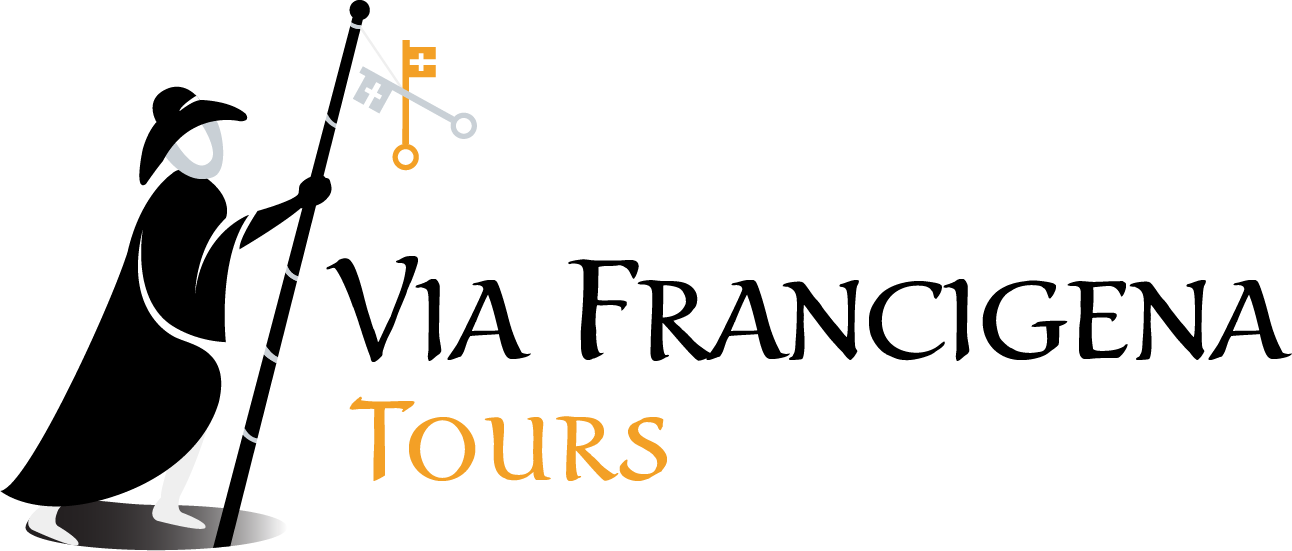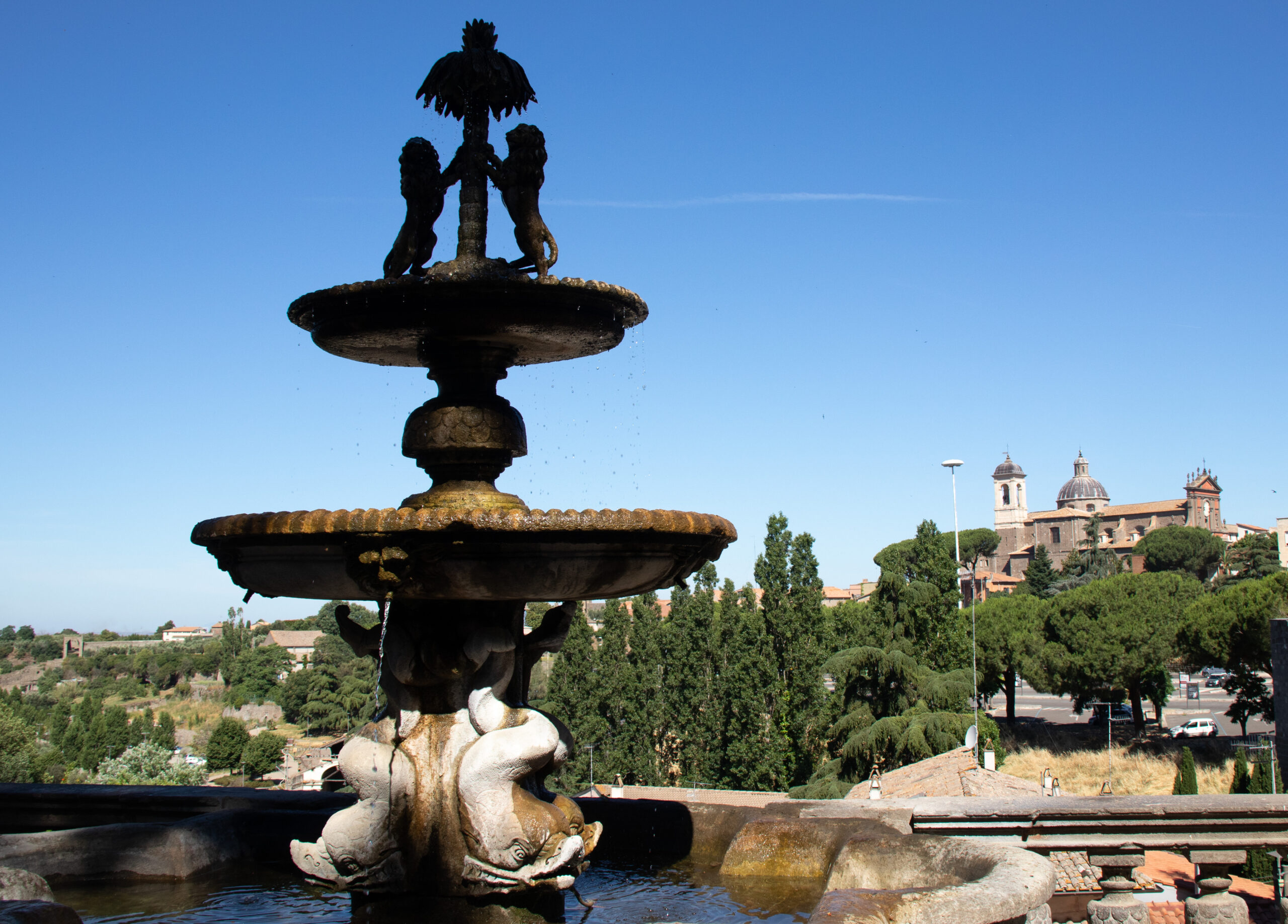Viterbo History
In medieval times Viterbo was an important Via Francigena pilgrim destination. In 990 BCE Archbishop Sigeric noted in is diary that it was the 6th place where he stayed. ‘Sce Valentine’ was its name then. Most likely, Bulicame, near Viterbo was the exact location. This area is famous for its thermal springs. So no doubt it was a refreshing place for a stopover for Via Francigena pilgrims.
The Popes once held their seat in Viterbo earning it the nickname ‘City of Popes’. The Popes enjoyed the thermal baths so much that Terme dei Papi named in their honour. Pope Nicholas V even built a residence at his favourite thermal bath. Today, you can stay at the Hotel Niccolo V and enjoy endless visits to the Terme dei Papi. I certainly spent a most enjoyable visit at these Baths!
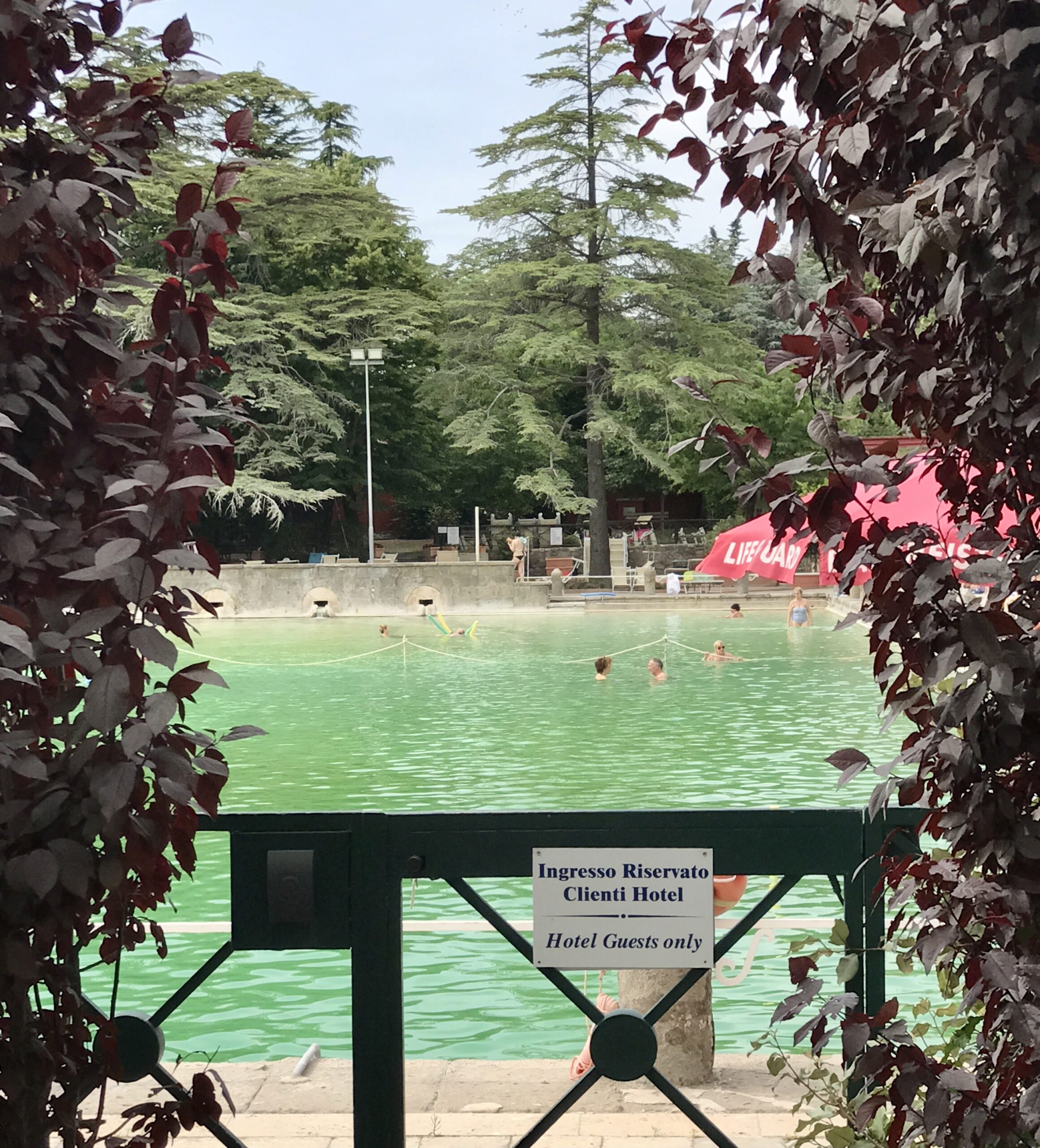
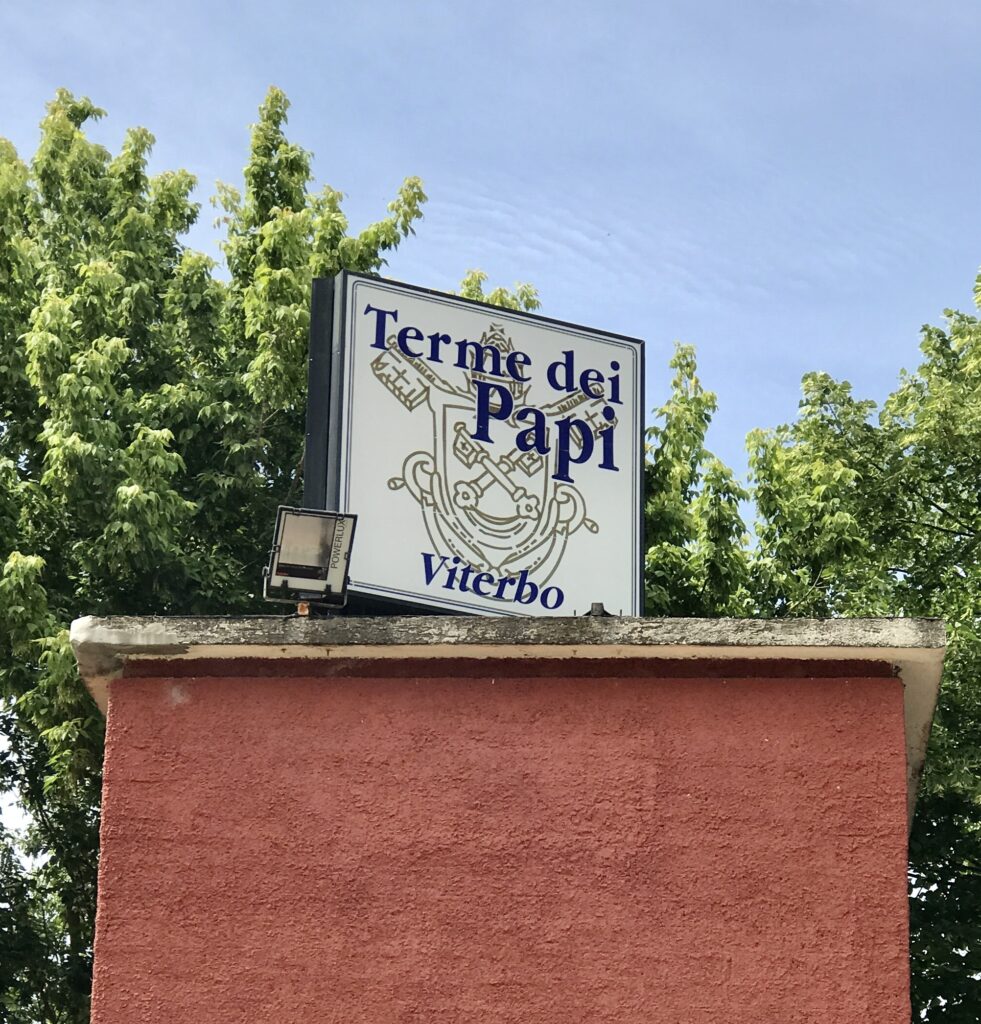
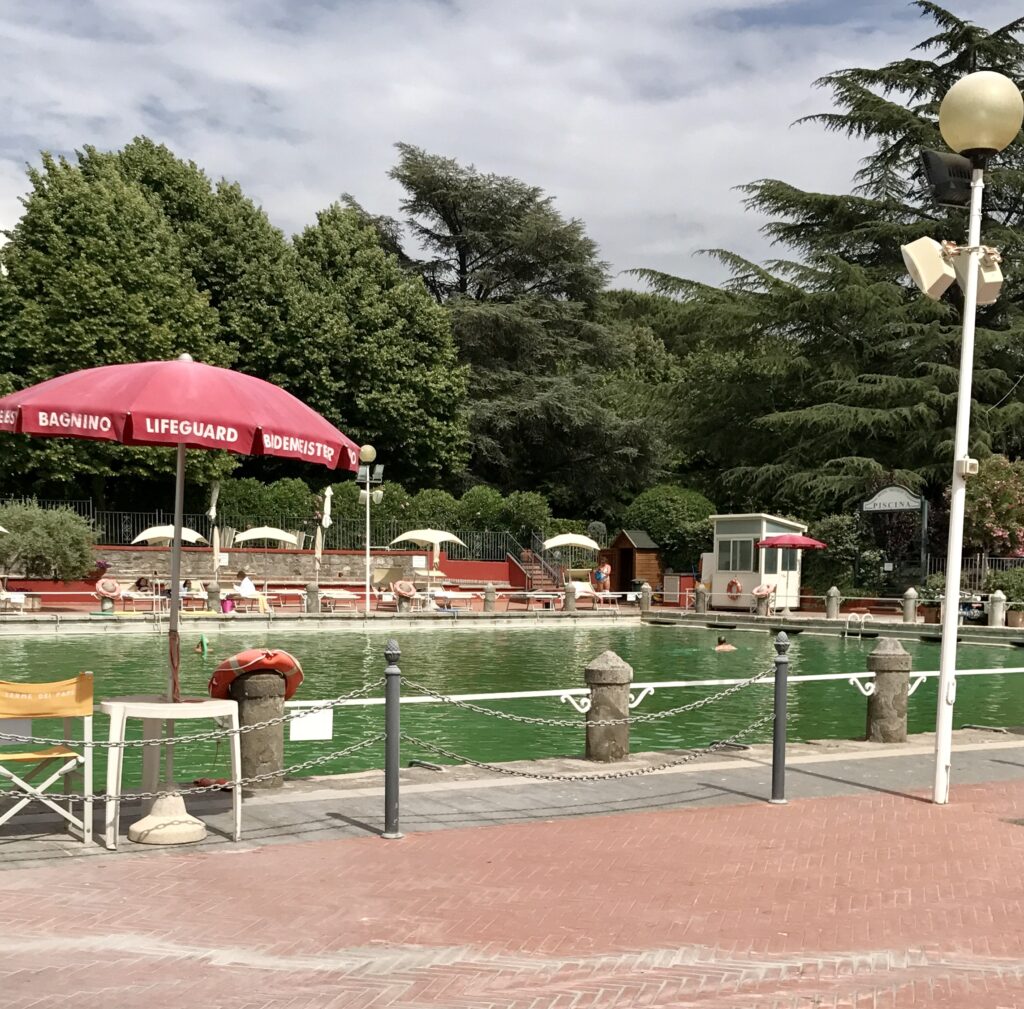
Etruscan
Viterbo was an important Via Francigena destination. But the city’s origins go right back to the Etruscans. Their civilization flourished in central Italy between the 8th and 3rd centuries BCE. Tuscany derives its name from the Etruscans. This is because they were fond of building their cities or ‘Tusci’ on hilltops.
There is Etruscan evidence in Viterbo. The highest point in Viterbo is Cathedral Hill near the Piazza San Lorenzo. Archaeologists have unearthed large rectangular stone blocks, foundation stones for buildings. This hill would have been an ideal place to construct a town because it could easily be defended from the valley below. Surna or Surrena or Sorrina might have been the name of the Etruscan town. However, little evidence remains to establish this. Excavations beneath San Lorenzo Cathedral may support this.
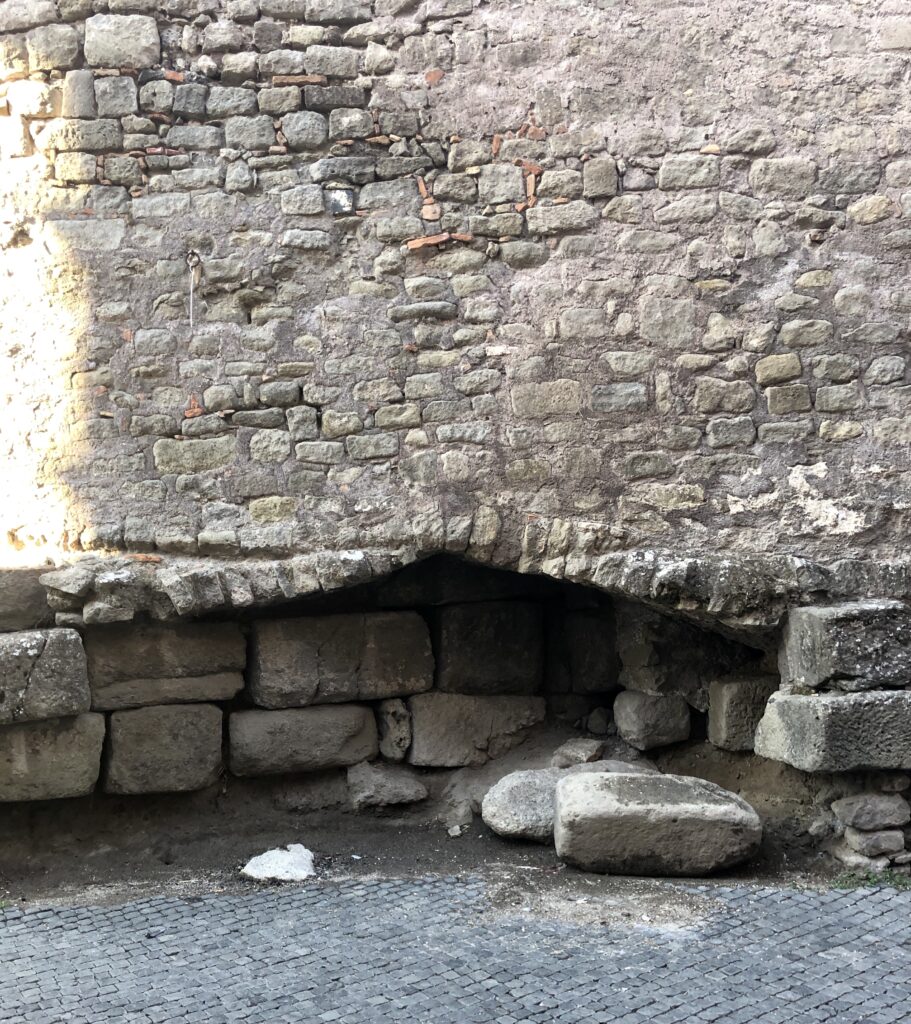
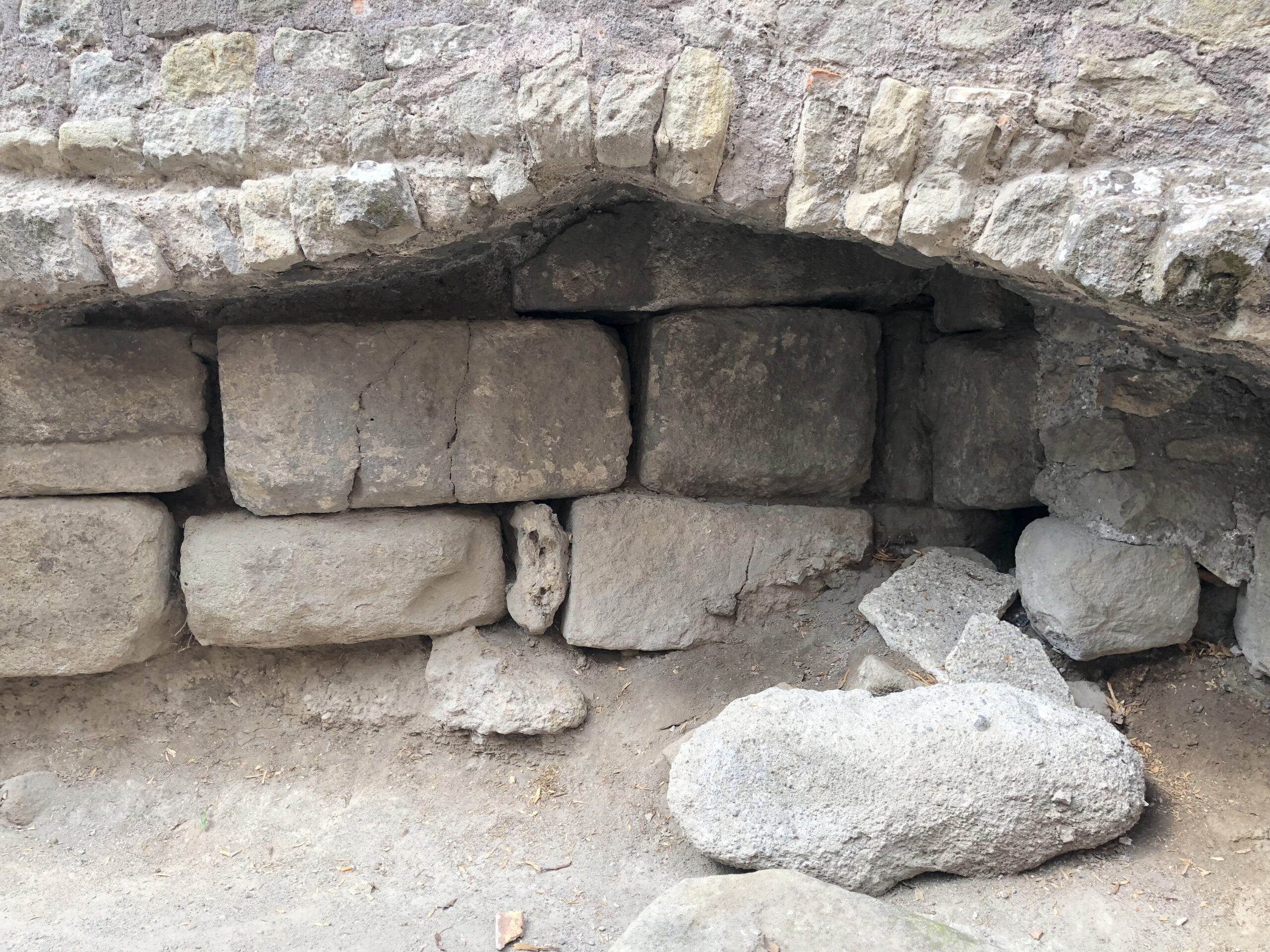
For more information about the Etruscans visit the Etruscan Museum near Porta Fiorentino. Also, stop to examine the excavated stone blocks on the way to Piazza San Lorenzo.
After the Romans defeated the Etruscans the city obtained a new name. A likely explanation is that the Latin phrase Vetus Urbs, meaning ‘Old town’.
City of the Popes
In the 13th century there was a struggle between the Papacy and the Empire for power. However, Rome was not a safe city for Popes. So, from 1257 until 1281 the pontifical see resided in the Palazzo dei Papi in Viterbo. Today, a focus of the Piazza San Lorenzo is the Papal Palace and its Loggia. In fact, the first conclave to elect a new Pope occurred in Viterbo.
